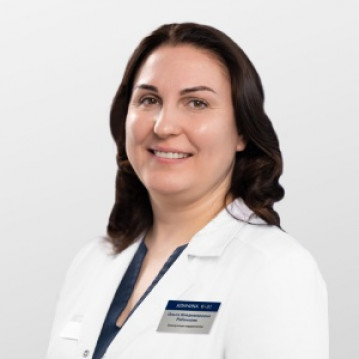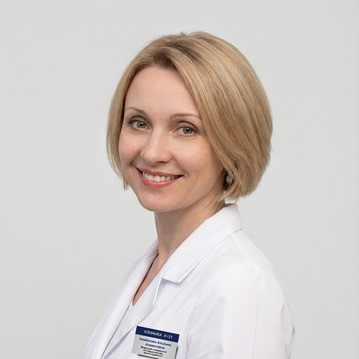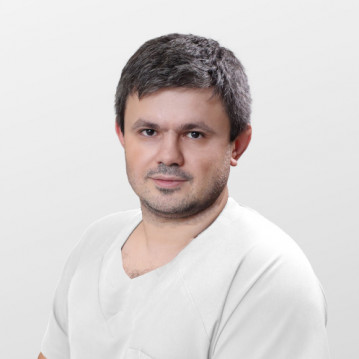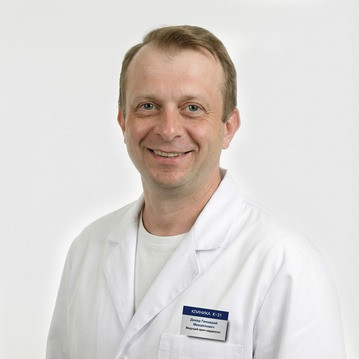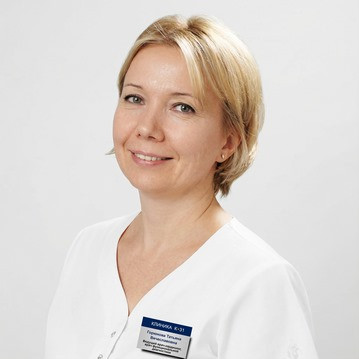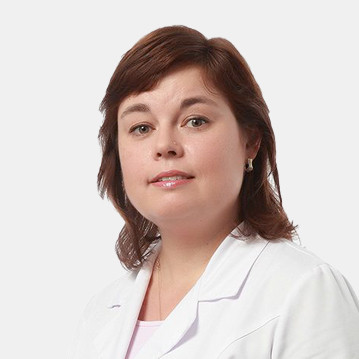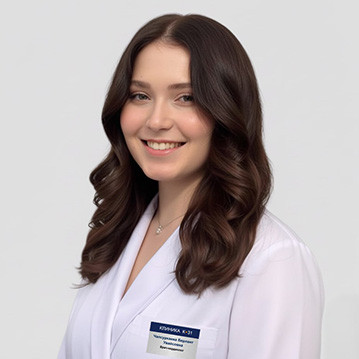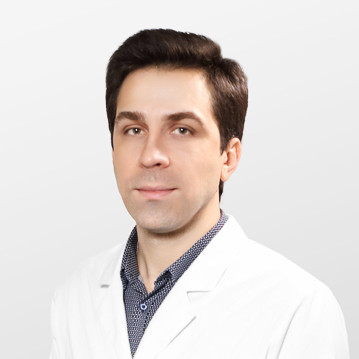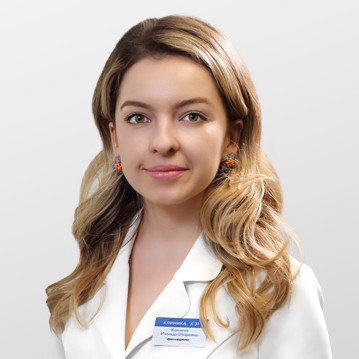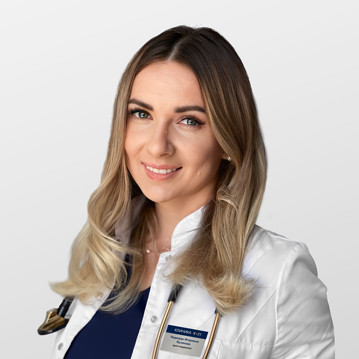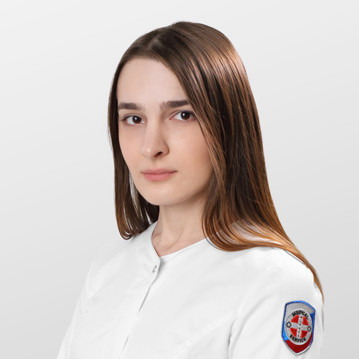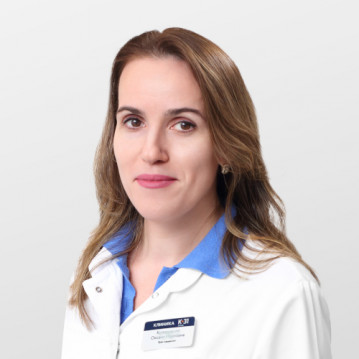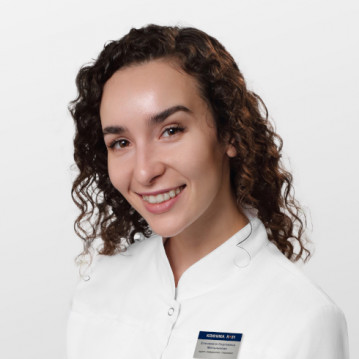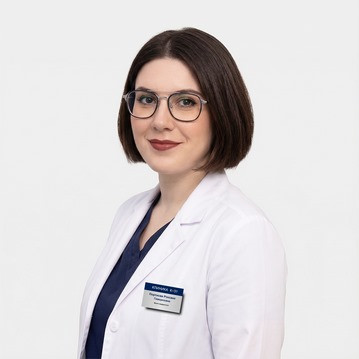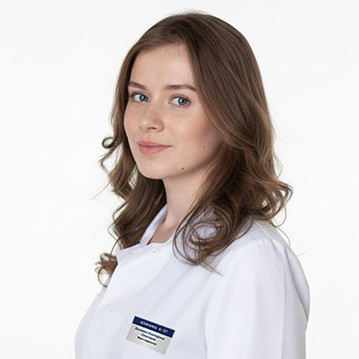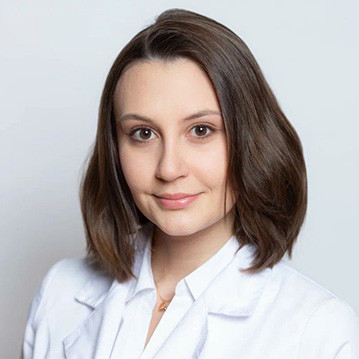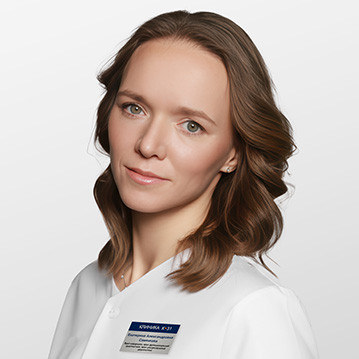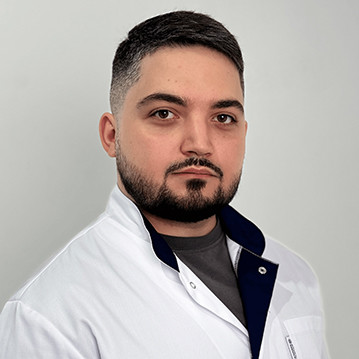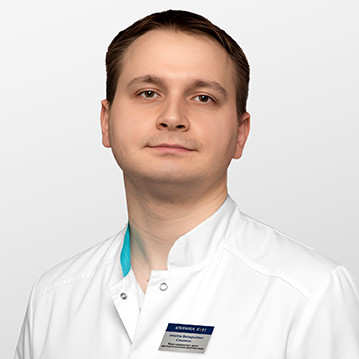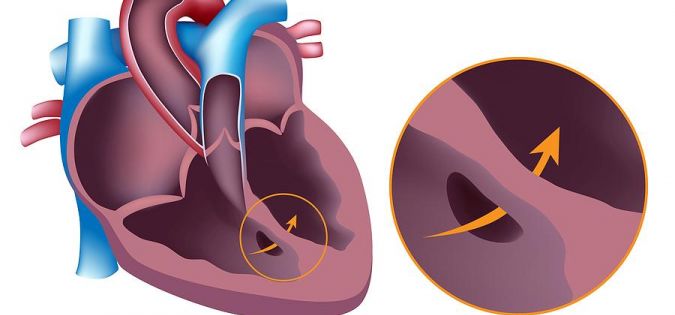
Classification of Acquired Heart Defects
Various classifications of acquired heart defects are used.
- by etiology (rheumatic, atherosclerotic, in the outcome of bacterial endocarditis, syphilitic, etc.);
- according to the severity of the defect (defect without a significant effect on intracardiac hemodynamics, moderate and sharp severity);
- according to the state of general hemodynamics (compensated, subcompensated and decompensated);
- in functional form (Simple defects - stenosis, insufficiency, combined defects - the presence of stenosis and insufficiency on several valves, combined defects - the presence of stenosis and insufficiency on one valve).
Symptoms of Acquired Heart Defects
Symptoms of the disease depend on the affected valve or a combination of affected valves. The patient may be disturbed by heart palpitations, shortness of breath, swelling and other manifestations of heart failure, episodes of dizziness and loss of consciousness, chest pain during physical exertion, interruptions in the work of the heart.
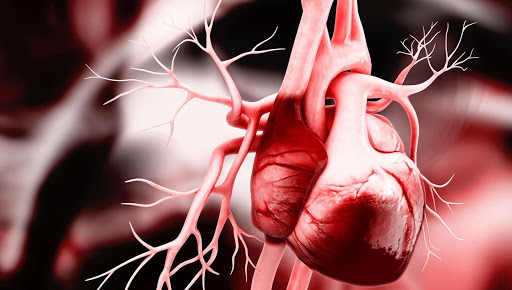
Clinical manifestations of the most common malformations
1. Mitral valve insufficiency
In the compensation stage, there are no complaints, with a decrease in the contractile function of the left ventricle and an increase in pressure in the pulmonary circulation, complaints appear about:
- shortness of breath at first during physical exertion, and then at rest;
- palpitations
- pain in the heart region of an ischemic nature (due to lag in the development of coronary collaterals with myocardial hypertrophy);
- dry cough;
- swelling on the legs, pain in the right hypochondrium (due to enlargement of the liver and stretching of its capsule) appear.
2. Mitral valve stenosis
- shortness of breath at first during physical exertion, then at rest;
- cough dry or with a small amount of sputum mucosa;
- hoarseness (Ortner's symptom);
- hemoptysis (siderophages - “heart disease cells” appear in sputum);
- pain in the heart, palpitations, interruptions; atrial fibrillation often develops;
- weakness, increased fatigue (since fixation of the minute volume is characteristic - the lack of an adequate increase in the minute volume of the heart during physical exertion).
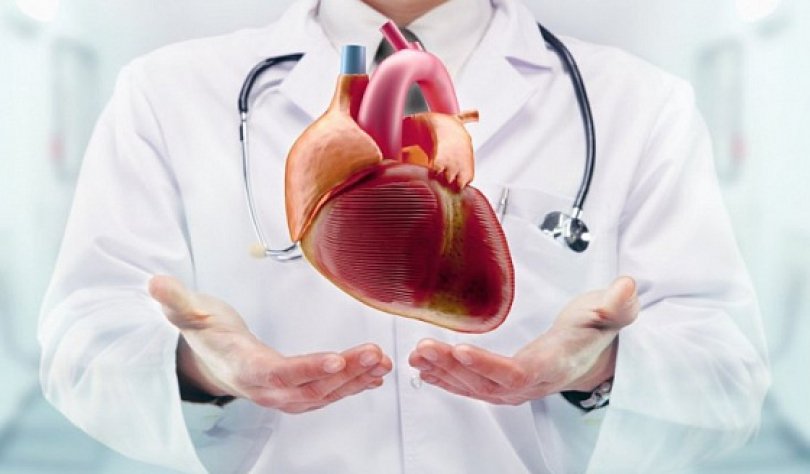
3. Aortic valve insufficiency In the stage of defect compensation, the general state of health is satisfactory, only sometimes patients note a heartbeat and pulsation behind the sternum. With decompensation, complaints appear about:
- pain in the heart region of an angina pectoris, poorly or unreduced by nitroglycerin (due to relative coronary insufficiency due to myocardial hypertrophy, worsening of the blood supply to the coronary arteries with low diastolic pressure in the aorta and due to compression of the subendocardial layers with an excess blood volume);
- dizziness, tendency to fainting (associated with malnutrition of the brain);
- shortness of breath at first during physical exertion, and then at rest (appears with a decrease in contractile function of the left ventricle);
- swelling, heaviness and pain in the right hypochondrium (with the development of right ventricular failure).
4. Aortic valve stenosis is asymptomatic for a long time, the main complaints appear when the aortic orifice is narrowed by more than 2/3 (less than 0.75 cm2):
- constricting pain behind the sternum during physical exertion (decreased coronary circulation);
- dizziness, fainting (worsening of cerebral circulation).
In the future, with a decrease in contractile function of the left ventricle, there are: attacks of cardiac asthma; shortness of breath at rest; fatigue, swelling of the lower extremities.
Diagnostics
Among the main laboratory and instrumental research methods in the clinic "Clinic K + 31" we can distinguish:
- ECG (overload of various parts of the heart, myocardial hypertrophy);
- heart x-ray (heart configuration);
- contrast radiological techniques (angiography, ventriculography);
- ECHO-KG - the main technique - allows you to see the morphology of the defect and determine the functional state of the heart;
- Doppler-ECHO-KG - allows you to determine the direction of blood flow (regurgitation, turbulence).
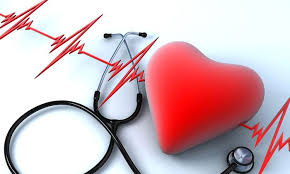
Treatment of Acquired Heart Defects
For the treatment of heart defects, medical and surgical methods are used. Heart defects can be fully compensated. Treatment with medications is prescribed to relieve the inflammatory process in the heart, after which surgical treatment is performed to eliminate heart disease. The operation to eliminate the defect is usually performed on an open heart, and the likelihood of successful completion of such an operation is the higher the earlier the surgical intervention was performed. Without surgical treatment, only complications of the defect can be eliminated: circulatory failure or heart rhythm disturbance.
Currently, the following types of surgical treatment of acquired heart defects are performed:
- plastic;
- valve-saving operations;
- heart valve prosthetics with mechanical and biological prostheses;
- reconstruction of the aortic root;
- valve prosthetics with preservation of subvalvular structures;
- surgery to restore the sinus rhythm of the heart;
- operation of atrioplasty of the left atrium;
- bioprosthetics for defects with infectious endocarditis;
- heart valve prosthetics in combination with coronary artery bypass grafting in coronary heart disease.
Surgical intervention for heart disease often gives very good results, saving the patient not only the consequences of heart disease, but also eliminating the disease itself.
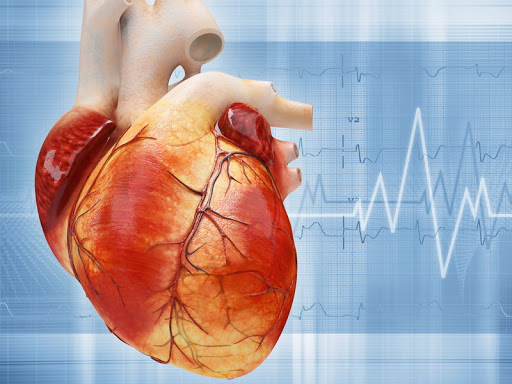


 3. Aortic valve insufficiency In the stage of defect compensation, the general state of health is satisfactory, only sometimes patients note a heartbeat and pulsation behind the sternum. With decompensation, complaints appear about:
3. Aortic valve insufficiency In the stage of defect compensation, the general state of health is satisfactory, only sometimes patients note a heartbeat and pulsation behind the sternum. With decompensation, complaints appear about:

